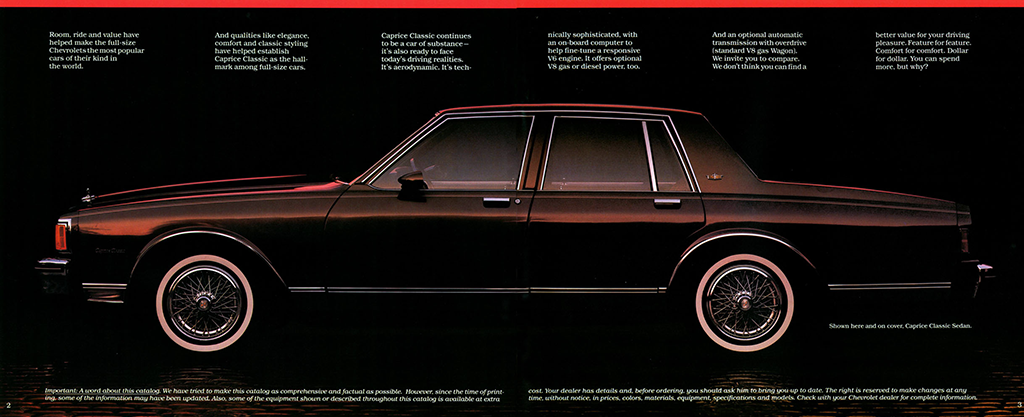“A concept crystallized.”
For 1983, Mazda’s 626 coupe, sedan, and liftback were all new as they switched from rear-wheel-drive to front-wheel-drive. Styling was also more aerodynamic, with the coupe receiving a 0.34 Cd. Finally, almost every interior dimension was expanded.
The 626’s standard powertrain was the FE 83 bhp 2.0 liter/121 ci inline four with a two-barrel carburetor paired with a five-speed manual. 0-60 mph took about 12.5 seconds in a car with a 2,545-pound curb weight. EPA fuel economy ratings were 29 city/41 highway by the day’s standards. With a 15.8-gallon fuel tank, a new 626 coupe owner could expect an impressive range of 405 to 450 miles with a 10% fuel reserve.
Standard equipment on the $9,295 626 DL coupe (about $26,900 in today’s dollars or about what a 2022 Mazda3 sedan Carbon Edition goes for) included rack-and-pinion steering, vacuum-assisted front disc/rear drum brakes, and 185/70R-14 tires (a size still available) on 14 x 5.5 inch wheels. Inside, electric window lifts, electric adjustable mirrors, cruise control, and an AM/FM stereo cassette were included.
The LX coupe added power steering, cruise control, and the trick Electronic Variable Shock Absorber (EVSA) suspension.
Options included 15 x 6 inch cast alloy wheels with uprated 195/60R-15 tires (a combination that yielded class-leading skid pad results and is still readily available), an electric sunroof ($430), and air conditioning ($650).
The third-generation 626 got a very good reception from the automotive press, with Road & Track stating that it was “an impressive update” that had been “delivered as promised.” AutoWeek gave Mazda a splash quote they used in advertisements—”about as perfect as an automobile can be built.”
The View From 2022
The third-generation Mazda 626 was once quite common (at least in the Philadelphia suburbs), but I haven’t seen one in over a decade. This era of 626 is sometimes available in the Hemmings Motor News classifieds, on eBay Motors, and at online auctions such as Bring a Trailer that cater to the eighties car market.
Make mine Silhouette Blue Metallic, please.
The only other Mazda I have written about is the 1985 RX7 GSL-SE hatchback coupe. I’ve got to get to a GLC at some point.










